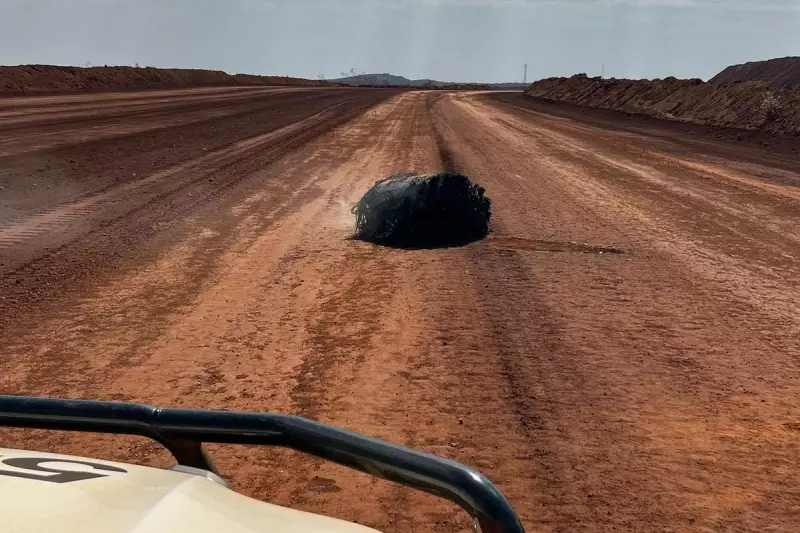
A massive piece of Chinese space hardware has come crashing back to Earth in a dramatic display of the growing space debris problem, landing unexpectedly in the remote Australian outback near the town of Yulara.
The debris, identified as part of a Long March 2C rocket that launched nearly three months ago, was discovered by local cattle station workers who reported the strange metallic object embedded in the desert landscape. Australian Space Agency officials have since confirmed the object's extraterrestrial origins.
Uncontrolled Re-entry Raises Alarm
What makes this incident particularly concerning is the uncontrolled nature of the rocket's return. Unlike many modern spacecraft designed for controlled re-entries over uninhabited ocean areas, this 100kg chunk of space junk followed an unpredictable path back to Earth.
"This is exactly the scenario that keeps space agencies awake at night," said Dr Eleanor Vance, a space safety expert at the University of Edinburgh. "When we can't predict where debris will land, we're gambling with global safety."
Global Response and Investigation
The Australian Space Agency has been working closely with Chinese space authorities to coordinate the recovery and investigation. Initial analysis suggests the debris came from the rocket's orbital module, which had been carrying satellites into orbit before beginning its gradual descent back through the atmosphere.
Local authorities have cordoned off the area while technical experts examine the wreckage. The Chinese space agency has acknowledged the incident and pledged cooperation in the investigation.
The Growing Space Junk Problem
This incident highlights the escalating crisis of space debris crowding Earth's orbit. Current estimates suggest:
- Over 130 million pieces of space debris currently orbit Earth
- Only 35,000 of these are large enough to track
- Collision risks are increasing exponentially as space becomes more crowded
- Uncontrolled re-entries occur regularly, with most debris burning up
Space policy experts are using this event to renew calls for stricter international regulations governing rocket disposal and debris mitigation. As commercial space launches become more frequent, the risks associated with falling space hardware are only expected to increase.
The remote Australian outback has become something of a graveyard for space debris over the years, though finding such large pieces intact remains relatively rare. This latest incident serves as a stark reminder that what goes up must eventually come down - sometimes in very unexpected places.





